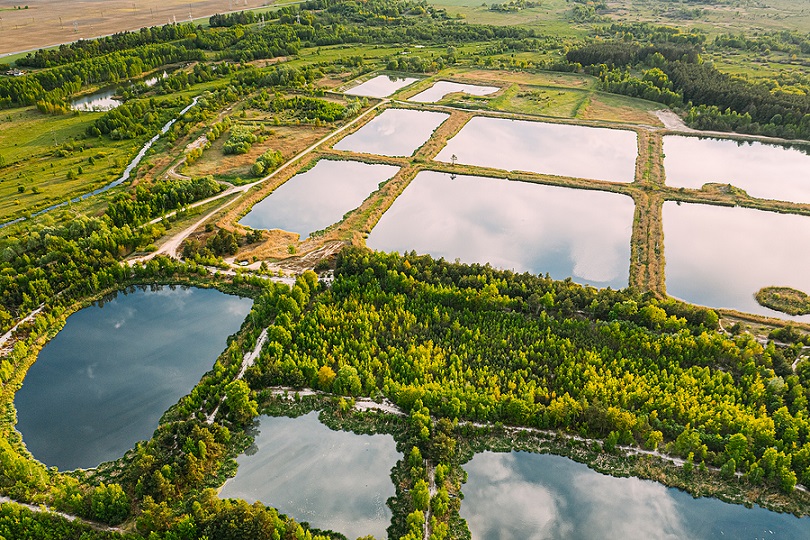Experts: Nature-based solution can help address water management challenges

Dhaka, 7 August, 2020: The IUCN global standard on NbS provides a user-friendly framework for the verification, design and scaling up of effective nature-based solutions
Speakers at a webinar has said nature-based solutions can help address the water management challenges in the Ganges-Brahmaputra-Meghna River basin.
The International Union for Conservation of Nature (IUCN) hosted the webinar on “Nature-based Solutions and its application in river basin management” on Thursday.
Nature-based Solutions (or NbS) is defined as actions that protect, sustainably manage, and restore natural and modified ecosystems to address societal challenges, simultaneously providing human well-being and biodiversity benefits.
More than 90 participants from the Civil Society Organizations (CSOs), academic institutions and young water professionals from across the world participated in the webinar that discussed the scope and practical application of NbS in the management of water resources, based on the learnings of CSO initiatives in the Ganges Brahmaputra and Meghna (GBM) River Basin, which is shared by Bangladesh, Bhutan, China, India and Nepal.
Raphael Glemet, senior program officer of Water and Wetlands of IUCN Asia, presented the IUCN Global Standard for Nature-based Solutions, launched on July 23.
He said NbS can help address water management challenges in the GBM Basin and it is the foundation for archiving the UN Sustainable Development Goals.
The IUCN global standard on NbS provides a user-friendly framework for the verification, design and scaling up of effective nature-based solutions.
The NbS standard identifies eight criteria, enabling users to implement strong NbS for addressing the societal challenges such as climate change and food security.
Gitika Goswami, senior program director of Policy Research from Development Alternatives, Delhi, shared the case of participatory watershed management in ensuring improved water availability for agriculture in the arid regions in the Betwa River basin in India.
Working closely with the local communities and forest departments, micro-watersheds were mapped and restored resulting in the enhancement of agrobiodiversity and year-round water availability for farming.
More than 1,200 farmers were mobilized and they reported 30% enhancement in the average yearly income.
Soumya Dutta, co-convener of South Asian People’s Action on Climate Crisis and Trustee of Mausam shared his experiences from the implementation of NbS in landslide hazard zones and river islands in the Teesta River Basin.
He emphasized on the role of sharing of technical information on specific NbS interventions with the communities in getting their long-term support and ownership.
He shared his experience on the use of Vetiver plantation, a deep rooting indigenous grass variety, for the control of river bank erosion. His experience indicates that Vetiver plantation alone is not very effective in reducing erosion, however, when the plantation is reinforced with sandbags, it is very effective.
Dr Mokhlesur Rahman, executive director of Center for Natural Resource Studies (CNRS) Bangladesh, shared the case of the Hail Haor, a huge wetland area, located in the north eastern Bangladesh, in the Meghna River Basin.
To address the ecological degradation in Hail Haor and improve the livelihoods of local fishermen, CNRS initiated a number of interventions in partnership with local governments. Institutional process was developed to ensure community engagement in the decision-making process.
Through the restoration of forest and wetlands, reintroduction of locally extinct fish species and creation of wetland sanctuary local ecosystem services were restored.
Read More
.

